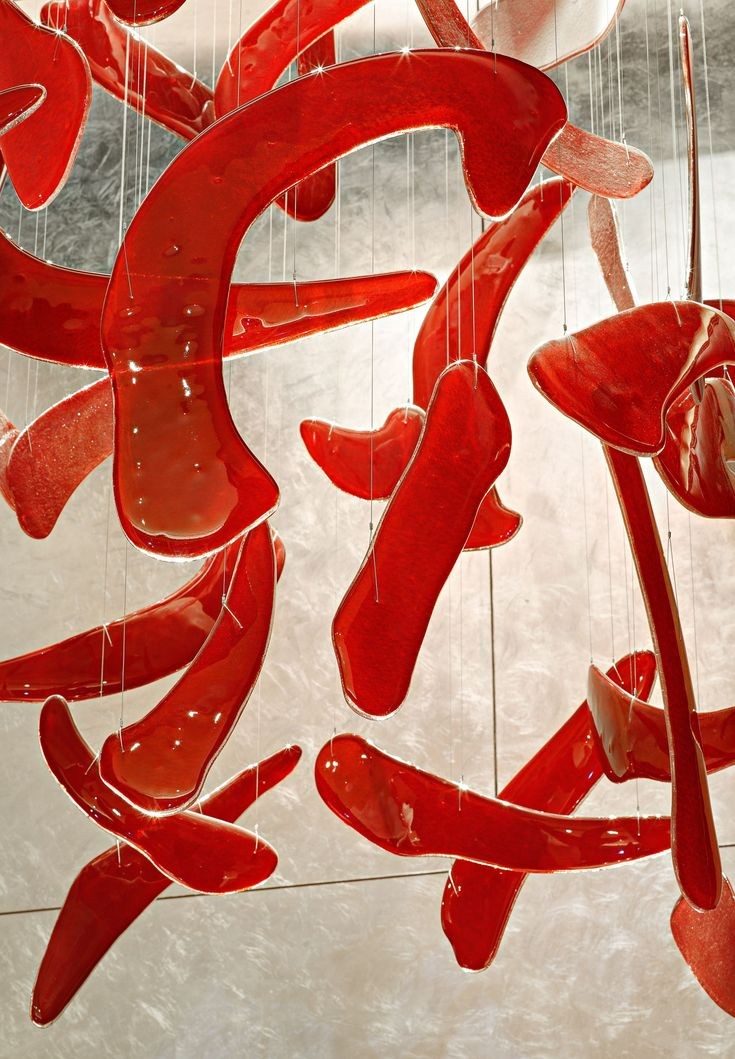
Red as an Interior Accent
Red is a bold and dynamic color that, when used as a design accent, can dramatically transform the energy of a space. In interior design, red is often used to create a sense of warmth, excitement, and passion. It can stimulate conversation and evoke strong emotions, making it a popular choice for accent walls, furniture, and decor.
In interior design, red is often used to create a sense of warmth, excitement, and passion. It can stimulate conversation and evoke strong emotions, making it a popular choice for accent walls, furniture, and decor.
In a home interior, red is typically used in more intimate and personal spaces. It works well in living rooms, kitchens, and dining areas, where the goal is to create an inviting and engaging atmosphere. In homes, red is often paired with neutrals like beige, gray, or white to balance its intensity and prevent it from overwhelming the space. For instance, a red accent wall can add drama to a living room, while red throw pillows or rugs can subtly infuse energy into a more subdued color scheme. In dining areas, red is believed to stimulate appetite and foster lively conversations, making it a popular choice for dining tables and chairs.
In contrast, public spaces like offices, hotels, or restaurants also benefit from the use of red, but the approach tends to differ. In these settings, red is often employed to make a statement or highlight specific areas. For example, in a hotel lobby, red might be used for statement furniture or art pieces, giving the space a sense of luxury and sophistication. In restaurants, red can create an energetic and inviting ambiance, encouraging guests to feel comfortable and engaged. However, public spaces require careful consideration of scale, as red in large quantities can feel overwhelming or too intense. Designers may use red in smaller doses, such as in accent walls, feature lighting, or decor elements, to ensure the space feels balanced and not overstimulating.
The key difference between using red in home interiors versus public spaces lies in the scale, purpose, and atmosphere each space aims to achieve. In private homes, the design choices are often more personal and tailored to the preferences of the inhabitants, allowing for more creative use of red as a color that reflects individual taste. Public spaces, on the other hand, have a broader audience and often require more strategic use of red to ensure it complements the overall design concept and serves its functional role without overpowering the experience of the visitors.
Ultimately, red, when used thoughtfully, can be a powerful accent in both home and public interiors, injecting a sense of vitality, elegance, and attention-grabbing allure into any space.